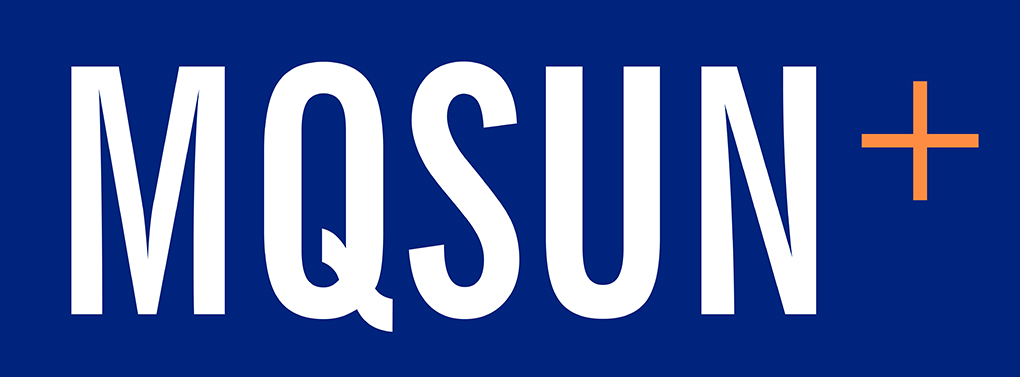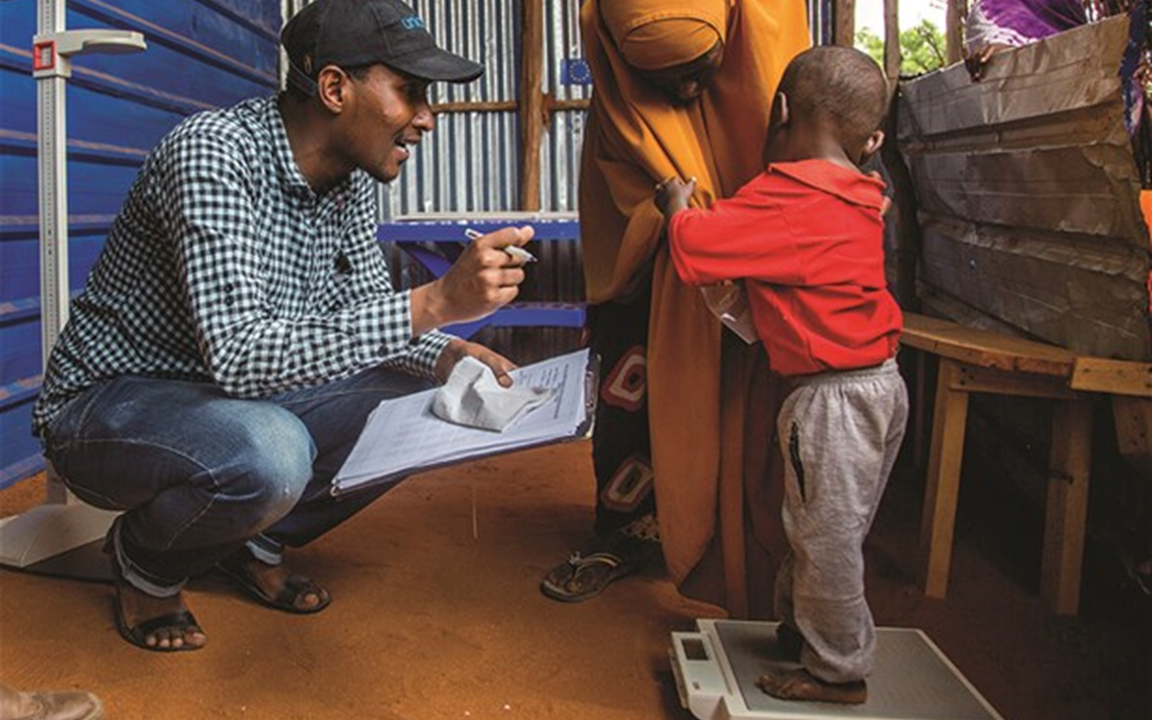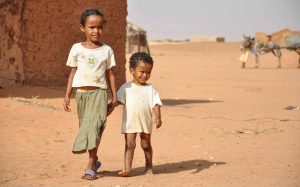Somalia, in the Horn of Africa, has experienced changes and shifts in governance, security, development and the humanitarian environment over the past two decades. The estimated population is around 12.3 million, with 2.8 Somalis living in rural areas and 5.2 million (about 42 per cent of the total population) living in urban areas. Around a quarter of the population are nomadic. Estimates from the United Nations High Commissioner for Refugees (UNHCR) indicate that over 1.1 million Somalis are internally displaced.
The country has been on a humanitarian crisis footing since the 1990s when war broke out and is one of the most complex and long-standing emergencies in the world. It is characterised by sustained high rates of mortality, child malnutrition, severe basic services shortfalls and large-scale population movement. The prevalence of acute malnutrition in children under five years old (CU5) is over 15 per cent, which is above the emergency threshold, and the prevalence of stunting is estimated at 23.5per cent. The health status of Somalis is critical, with the country registering among the poorest health and mortality indicators globally, including mortality rates of 136 per 1,000 live births and maternal mortality at 732 per 100,000 live births.
There have been very large humanitarian investments and actions in the country, but these have not been matched by investments in more resilience-building and development efforts, resulting in a recurring pattern of annual crises response. Efforts to establish a Common Results Framework (CRF) for nutrition aim to ‘shift the dial’ towards more sustainable developmental approaches.
Somalia joined the SUN Movement in 2014. At that time, it had developed a National Nutrition Strategy, Micronutrient Strategy and Infant and Young Child Feeding (IYCF) Strategy. It was decided that a costed plan of action for nutrition – to act as a CRF – was needed as an over-arching strategic document to improve the nutritional status of the population through the strengthening and building of multi-sector and integrated systems (workforce, supplies, finance and governance) and by bringing multi-disciplinary ideas into actionable programmes.
Stakeholder mapping
The first step was to map key stakeholders who would significantly contribute to the development and implementation of the CRF. Between 30 to 40 government, private sector, development and humanitarian partners participated in a sensitisation event held in Kenya in May 2018. The process is being supported by MQSUN+, so more than five international consultants and four national experts were involved in the technical development of the CRF. Prior to this, there had been three state-level consultation forums held in Jubaland state, South West state and Puntland, and sector-level interviews were conducted with different government, agency and institutional stakeholders. SUN networks for Academia, Business and Civil Society were also established in this period as these will have a role in the implementation of the CRF. Under the CRF implementation plan, it is expected that the existing UN-led platforms; i.e. national and regional Nutrition Clusters, will be used for advocacy, development and validation of assessments, and support in collating indicators.
Results-based approach
The CRF structure was developed using a results-based approach whereby intermediate results feed into strategic results. The overall objective of the CRF is to contribute to the reduction of malnutrition by 30% in the next five years in Somalia, as well as to control the fluctuating rates, establishing a more predictable and stable pattern of nutritional status. The plan has seven strategic objectives, including: building an enabling environment; multi-sector coordination; development of human resources; comprehensive package of nutrition interventions; optimal use of nutrition-sensitive programmes; and addressing social and cultural issues that hinder equity.
Building nutrition resilience
The vision of the CRF is an entire paradigm shift in the interpretation, implementation and integration of both nutrition-sensitive and nutrition-specific programmes. In Somalia nutrition-specific programmes and projects have over many years underutilised opportunities such as funding and training presented by integrating with longer-term, sustainable, nutrition-sensitive programming. There are existing efforts to increase the levels of integration of activities through the humanitarian response plan, which ensures no funding is provided to nutrition actors if they do not demonstrate a minimum level of health, nutrition and water, sanitation and hygiene (WASH) integration. The largest hoped-for impact of the CRF is the activation of the entire nutrition causal framework (i.e. immediate, underlying and basic causes of malnutrition), with an intentional approach to ensure convergence of policies, sector plans and execution of programmes at scale.
Challenges
Multi-sector and multi-stakeholder collaborations have their share of challenges. One of these is the lack of a common understanding on nutrition, which was addressed to some extent by developing consensus among participants by conveying key nutrition information while at the same time introducing the idea of integrating nutrition concerns into their sectoral systems. As the CRF covers all casual factors of malnutrition, the process of agreeing new indicators, including baseline figures and targets, was a challenge and involved much discussion, particularly on the use of data that is more than five years old for some of the key indicators.
Lessons learned
Key among the lessons learned during the process was recognising that, although the importance and concept of a CRF has existed for some time, it had not been converted into a standard approach and enshrined in the national system of nutrition coordination. Individual sectors now feel the need to adopt the common approach, giving an indication of commitment for the process. Political commitment from the Office of the Prime Minister and clarity of objectives has provided the process of developing the CRF with much-needed support from various sectors.
The final costed CRF document will be launched at a high-level meeting that brings together key stakeholders and actors to secure commitment to implementation.
Article written by:
Dr Mohamed Abdi Farah is the Special Adviser on Health and National Nutrition coordinator (SUN focal point) for the Scaling Up Nutrition Movement.
Mohamed Abdi Hasan is the Social and Human Development advisor at the Office of the Prime Minister in the Federal Government of Somalia.
Job Gichuki is a Public Health Nutritionist specialising in emergency nutrition, surveillance and research, currently working with the Horn Population Research and Development (HPRD).





